When running a small business, fire safety might not always be top of your to-do list – but overlooking it can have serious consequences. As a fire safety consultant with over a decade of experience, I’ve seen first-hand how small issues can quickly escalate into major risks. The good news? Most common fire hazards can be spotted and resolved with a little awareness and planning. And you’ll be happy to know that most of these also have little or no expense.
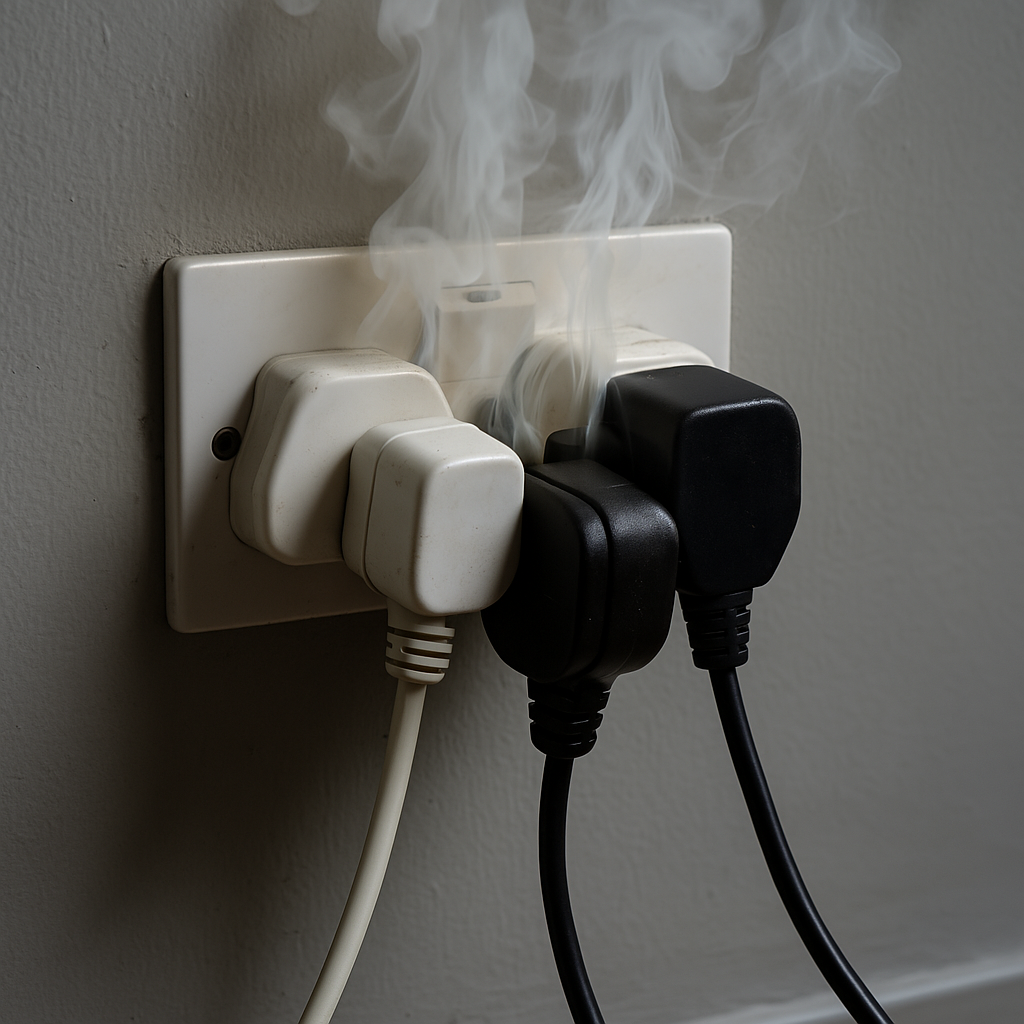
Overloaded Electrical Sockets and Extension Leads
It’s not uncommon to find multiple appliances plugged into a single socket using extension leads. However, overloading circuits is a major fire risk. Always check the wattage ratings of appliances and avoid daisy-chaining extension leads together.
Poorly Maintained Electrical Equipment
Frayed cables, damaged plugs, and faulty equipment are all fire hazards. Portable Appliance Testing (PAT) isn’t a legal requirement, but regular visual checks and timely maintenance can prevent equipment from becoming dangerous.

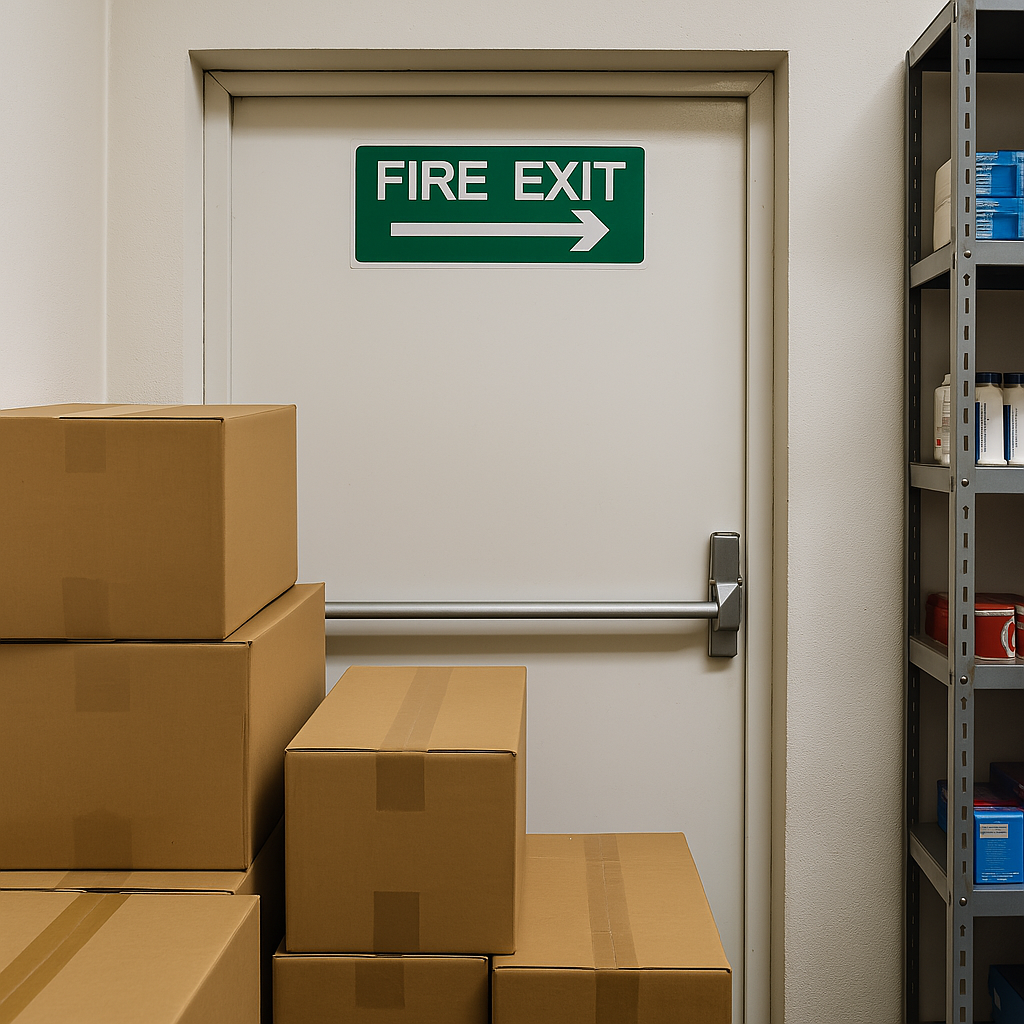
Blocked Escape Routes
In many small businesses – especially shops, salons, and offices – it’s easy for fire exits to become partially blocked by stock, bins, or deliveries. Always keep escape routes clear and ensure fire exits are accessible and unlocked during business hours. Read more about your responsibilities here.
Improper Storage of Flammable Materials
Many businesses use or store flammable items like cleaning products, aerosols, or paper stock. These should be kept away from heat sources and stored safely in appropriate containers or areas.
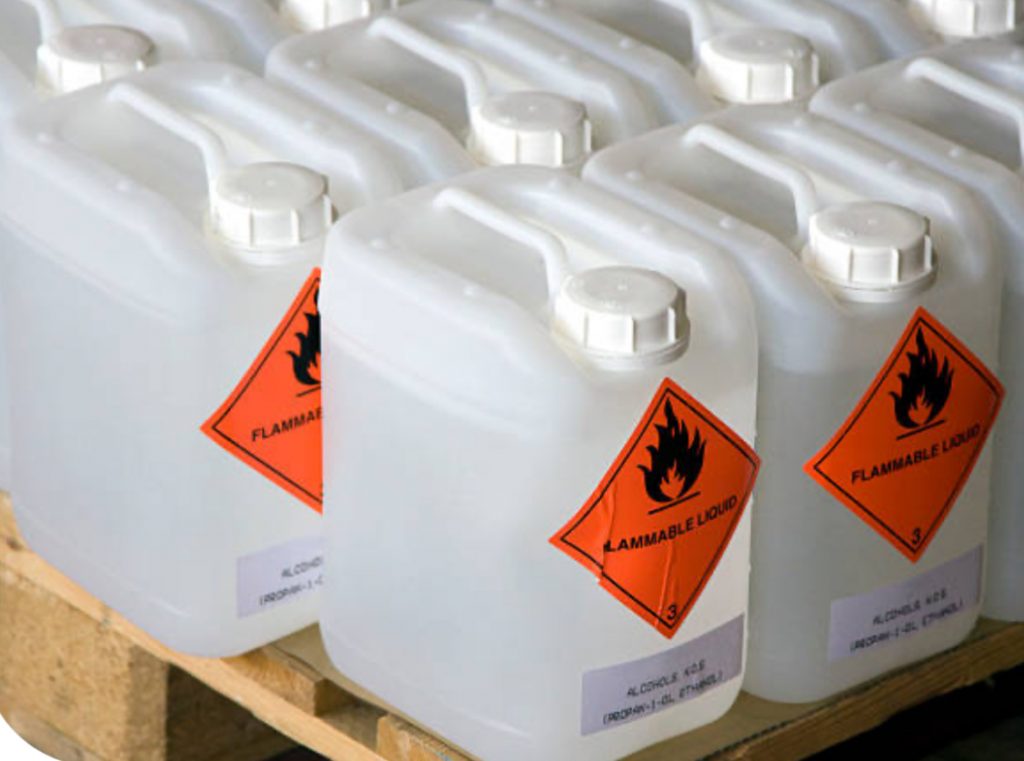
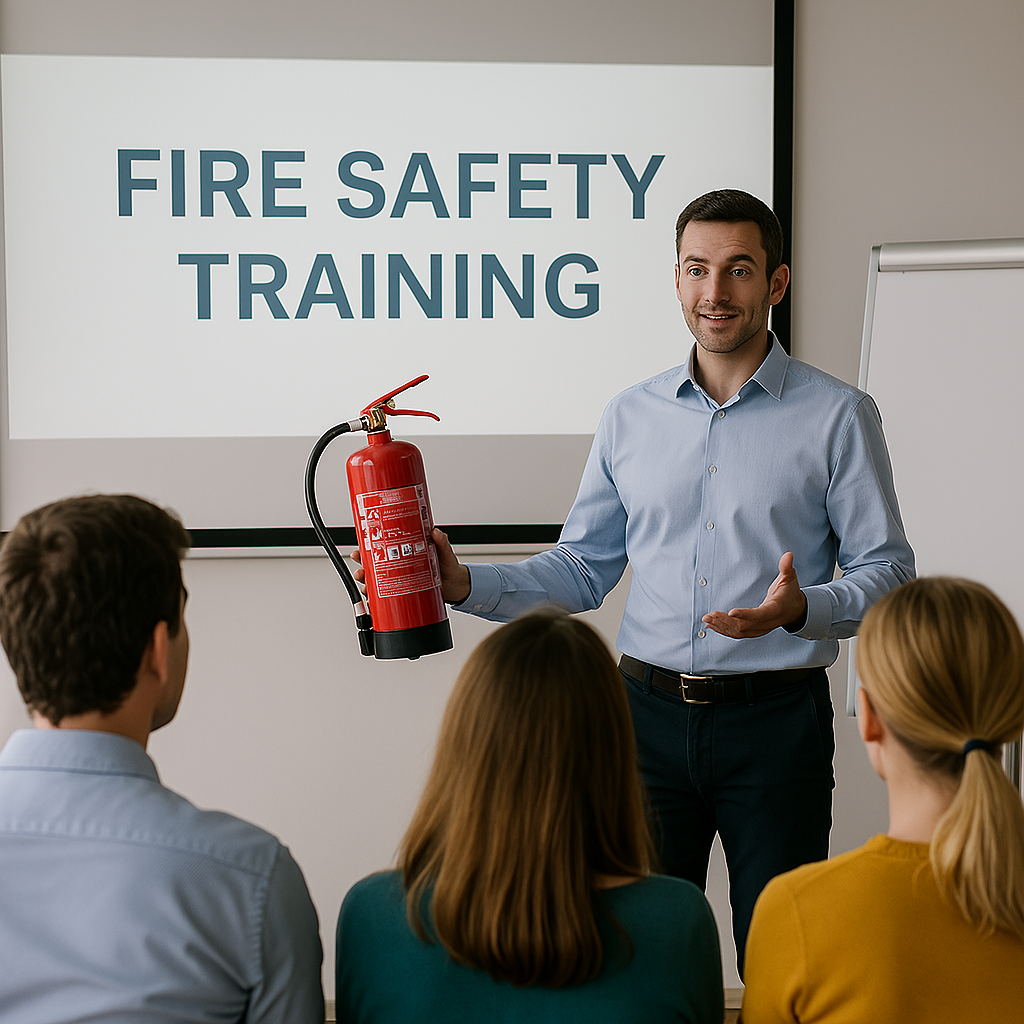
Lack of Staff Fire Safety Training
Staff should know what to do in an emergency. From using extinguishers (or not!) to following evacuation procedures, regular fire safety training is essential – even in small teams.
Unmaintained Fire Safety Equipment
Fire extinguishers, fire alarm systems, emergency lighting – they’re only effective if they’re maintained. Regular checks and professional servicing are vital to ensure everything works when it’s needed most.
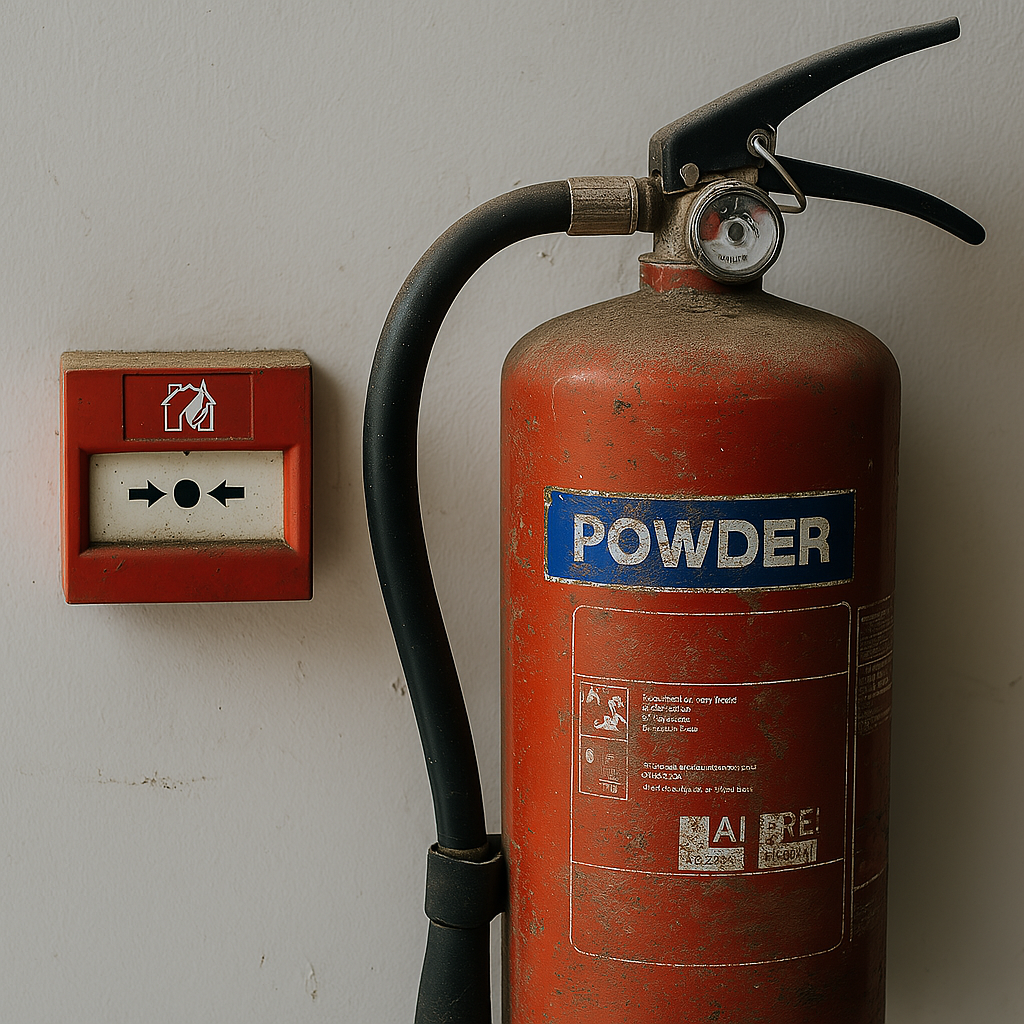
Fire safety isn’t just a tick-box exercise – it’s about protecting your people, your premises, and your livelihood. Taking the time to spot and fix common hazards can make all the difference in preventing a fire before it starts.
If you’re unsure whether your business is compliant or you’d like a second pair of eyes, Vesta Fire is here to help. I offer practical fire risk assessments and straightforward advice for local businesses across South Yorkshire.
Need support or have a question? Get in touch – I’d be happy to help.

